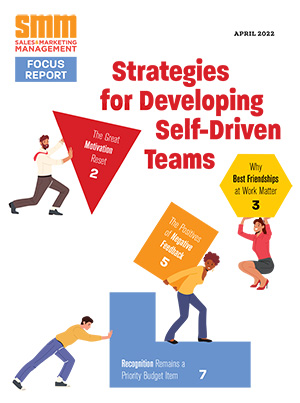A funny thing happens when business growth takes off. Revenue climbs, new customers arrive and momentum feels unstoppable. However, behind closed doors, many leaders quietly admitting “It feels harder…not easier.”
The growth trap is when momentum masks the cracks and a company stretches instead of scales.
The paradox is confounding. Growth should create capacity, yet it often exposes cracks. Teams start firefighting. Leaders can’t stop doing everything themselves. Sales rise but profits flatten. The same energy that feels like winning begins to wear down the business.
Why? Because growth and scale are not the same thing. Growth creates fragility. Scale creates capacity.
Growth is more – more sales, more customers, more activity. It’s easy to celebrate. Still, a business may grow without the proper foundation and simply stretch itself too thin. Hustle and improvisation can carry a young company far, but what once felt like agility becomes fragility. Then good culture becomes loyalty without traction. Committed people spin in place, unsure how to move forward.
Scaling involves creating the infrastructure needed to accommodate growth without introducing chaos. It goes beyond simply hiring more employees or acquiring new tools. It requires developing management systems, execution structures, and leadership capabilities that ensure growth translates into strength rather than stress.
The Hidden Infrastructure of Scale
Companies that succeed during periods of growth don’t merely manage better; they build their operations differently. Their strength comes from what you don’t always see – the infrastructure beneath the surface that supports speed, clarity and alignment. Those systems must evolve at every new level of growth.
Here are three foundational systems that unlock scale:
1. Planning systems
Too many companies treat planning as a once-a-year offsite or a budgeting exercise. Real planning systems go further.
- They align decisions to the assumptions that shape outcomes
- They link long-term goals with weekly execution
- They create space for ongoing strategy inside the business, not just at retreats
Planning isn’t about predicting. In a scaling company, it’s testing what you believe, then identifying the pivots when needed and quickly acting at every level.
2. Execution systems
Execution is where good ideas often die. Without structure, even strong teams default to reaction. Scaling companies redesign roles around outcomes, not personalities. They define who owns what, who makes the decisions and how cross-functional work is accomplished. They build accountability into the structure, not just the culture.
These systems don’t eliminate urgency. They prevent it from becoming the default. They give teams a clear runway to execute without chaos.
3. Disciplined thinking
Effective leaders focus their thinking at the center of both planning and execution. Most growth-stage leaders are doers. However, scale requires builders. Leaders who know how to pause, filter noise from signal, and focus on what moves the business forward are true disciplined thinkers.
Disciplined thinking isn’t just a mindset. Its method involves:
- Thinking and communicating in outcomes, not activities
- Deciding based on structure, not instinct
- Leading by intention, not reaction
This is the leadership mental upgrade growth demands.
Why Most Leaders Wait Until It’s Too Late
If these systems sound like common sense, why are they so rare?
It’s because growth hides the problems – until it doesn’t. When revenue is rising, it’s easy to overlook shaky margins, role confusion or the fact that the team is sprinting on fumes.
When cracks become crises, everything gets harder. You’re overhauling infrastructure under pressure. You’re reassigning roles mid-surge. You’re solving yesterday’s problems while tomorrow’s are arriving at full speed.
That’s when stretched leaders realize you can’t scale what you haven’t built.
Where to Start
You don’t have to build everything at once. But if you’re growing fast and starting to feel the strain, there’s one decisive move you can make right now: Put the infrastructure conversation on the table.
With your leadership team, ask questions like:
- What part of our business is most at risk of breaking as we grow?
- Are we leading with assumptions or just chasing goals?
- Where are we stretched thin because we’re relying on hustle rather than structure or process?
Even that first conversation will surface the cracks and begin aligning your team around what scaling actually requires. From there, you can decide what system to build first – planning, execution or disciplined thinking – and begin building the proper infrastructure.
Many companies benefit from involving someone outside the company to help guide that process. That’s not to say that the team isn’t capable, but the pressure and challenges of growth leave little room to step back and work on the business instead of constantly being in it. The right person, in the right role, brings strategic pattern recognition from experience scaling organizations, along with the hands-on ability to help your team build the systems yourselves.
An experienced outside perspective isn’t about fixing weaknesses. It’s about creating the space to solve the right challenges before they become constraints.
The Leadership Challenge
Every successful company eventually faces the growth trap. The question is whether its leaders evolve in time.
Scaling isn’t about chasing more. It’s about leading differently. It’s about building management systems that grow stronger under pressure and leadership capacity that thrives at every level of the organization.
Growth might feel like the goal, but the ultimate objective is a business that can continue to grow without breaking.





